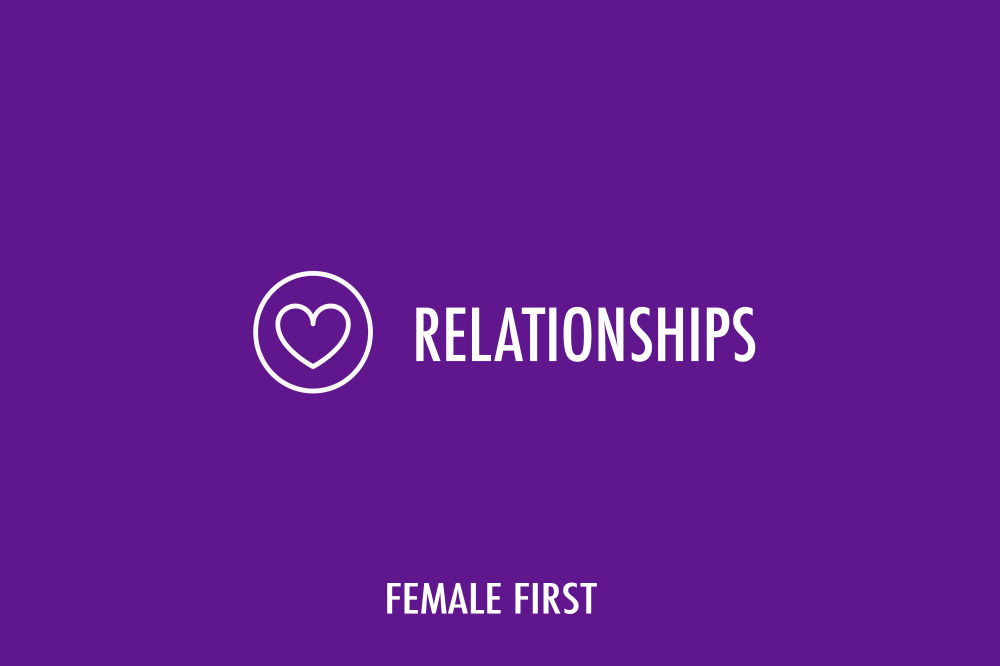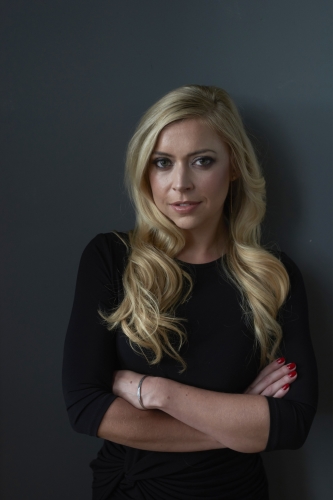I didn’t come out as bi until I was 26.

Relationships on Female First
Despite having multiple ‘encounters’ with women throughout my adolescence, I had conceived of them as mere ‘intense’ friendships - even though they were flirtatious, desirous and deeply emotionally intense. And why? Despite growing up in the liberal ‘90s, there was no discussion nor any accessible role models for me in our community, the media or society at large. Of course, I understood what being bi meant in a literal sense, but beyond that, I had no conception of a bi life. It’s for this reason that when I recorded my latest book, The Curious History of Dating: From Jane Austen to Tinder for Audible, I was sure to trace the history of bi dating lives, as well as that of lesbian, gay, trans and straight people. What I found was troublesomely fascinating: for more than 300 years, bi people have been significantly written out of history, absorbed into the ‘straight’ or ‘queer’ camps. I made it my mission to write them back in, and in doing so, reflected on the way I’ve often inadvertently ‘doctored’ my own backstory.
The thing is, even if society takes you at your bisexual word, it’s all too easy to ‘disappear.’ Take the matter of ‘passing’ privilege, whereby you’re so regularly presumed to be heterosexual if you’re dating a straight person, that you somehow end up going along with the fact too - some 80 per cent of bisexuals end up in straight long-term relationships, according to the Pew Research Institute - and so are lost to the ‘straight’ marriage stats. Similarly, couple up long-term with a gay partner and the same thing occurs, only within the lesbian label.
What’s more, asserting your bisexuality as a woman leads to a whole raft of presumptions, particularly from straight men. That you’ll automatically be up for a threesome. That you’re up for an open relationship. That you’ll ‘understand’ and even ‘join in’ when it comes to checking out other girls. And, in their insecure moments, that they might not be able to satisfy you. Male friends smirk or comment on how ‘lucky’ your partner is to have bagged you and the general over-interest in your sex life and sexuality eclipses all else. No wonder so many bi women never bother revealing the fact - particularly on dating apps, where ‘bi’ seems to be code for ‘male fantasy - email me anything’.
Equally, dating women has a different set of complexities. An ex-girlfriend of mine who was a ‘gold-star’ lesbian complained of having to ‘scrub me clean’ when she embarked on a relationship with me, and I suspect was always somewhat threatened by my previous dalliances with men. Incidentally, when I began dating women, I felt completely out of my depth and teenage-awkward - I had to acquire the skills to flirt and negotiate boundaries that I had spent a lifetime absorbing by societal osmosis for men. Later, when I met a trans man I hit it off with, the notion of ‘binary’ went out of the window. Incidentally, I had no initial clue he was trans until he told me. I had always known attraction for me was a matter of being attracted to ‘the person not the parts’ - but that solidified it for me.
Today, I’m in the happiest relationship of my life - incidentally, with a straight man, who has never made any assumptions about what my being bi means to our relationship (answer: very little. We are monogamous but not traditional - power and gender don’t have the same resonances anymore to me, and that’s reflected in our coupling.) I’m lucky to have met someone who, far from being threatened by the fact I’m bi, understands that it’s a part of my identity I wholeheartedly embrace, especially if it helps to guide other people to an easier understanding and acceptance of their own, and if it helps to reinstate the truth around how bi people have lived, loved and will continue to do so, whoever they’re in a relationship with.

Nichi Hodgson’s The Curious History of Dating: From Jane Austen to Tinder is available to purchase now from Audible.
